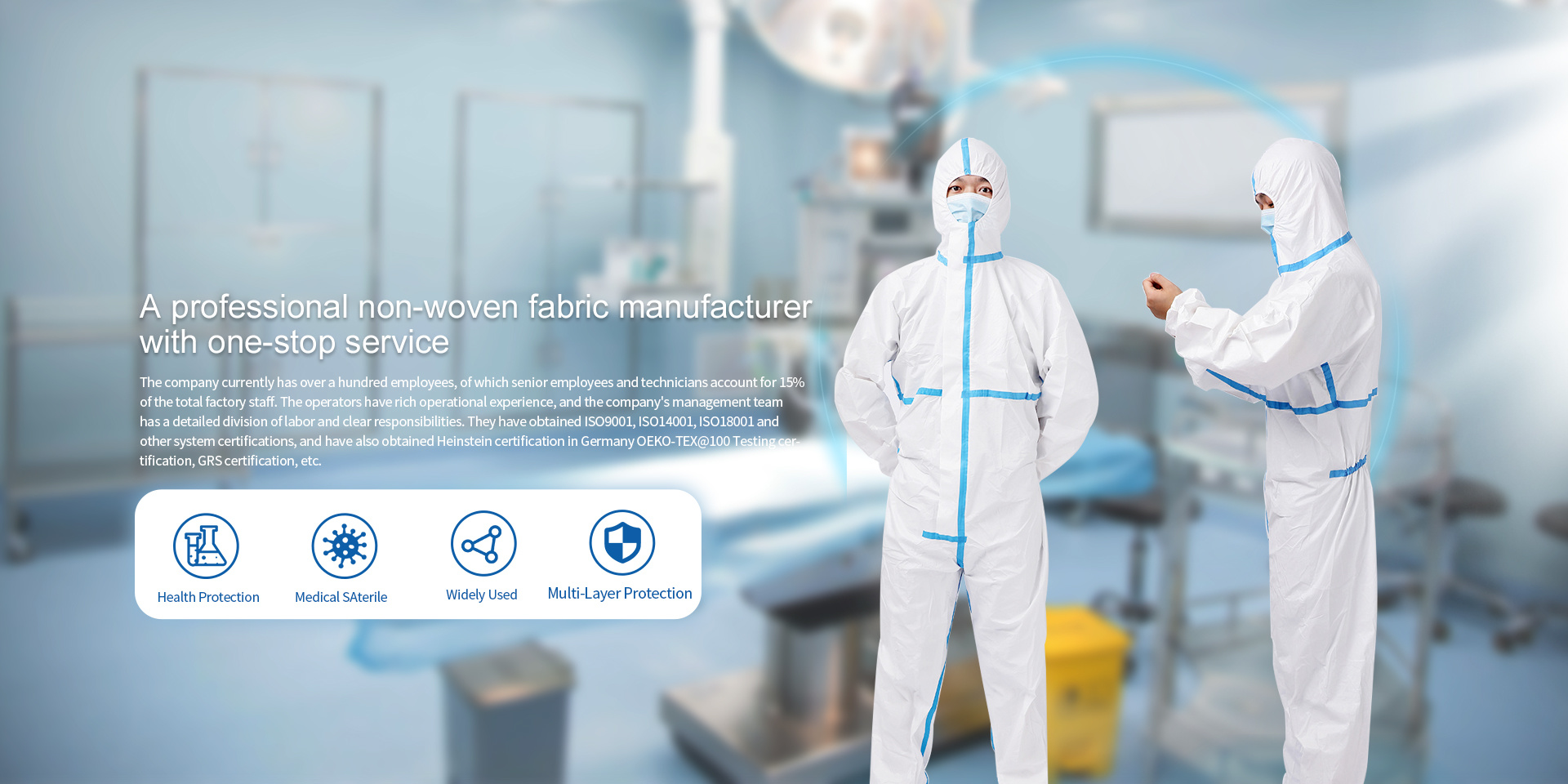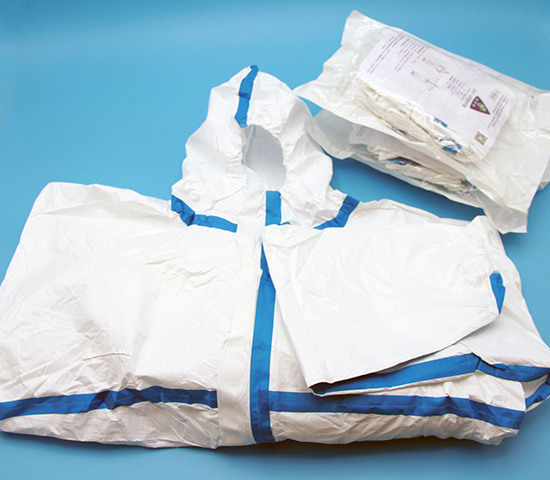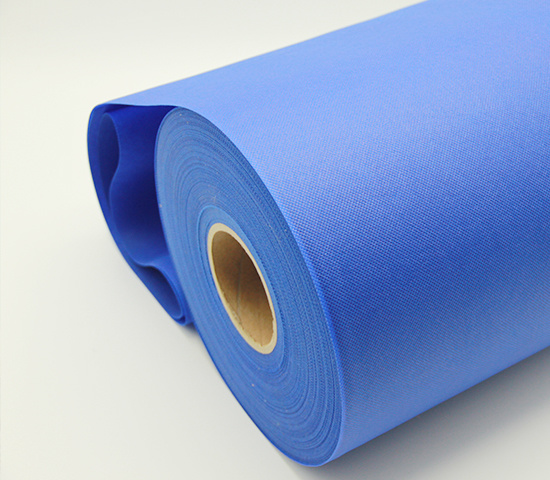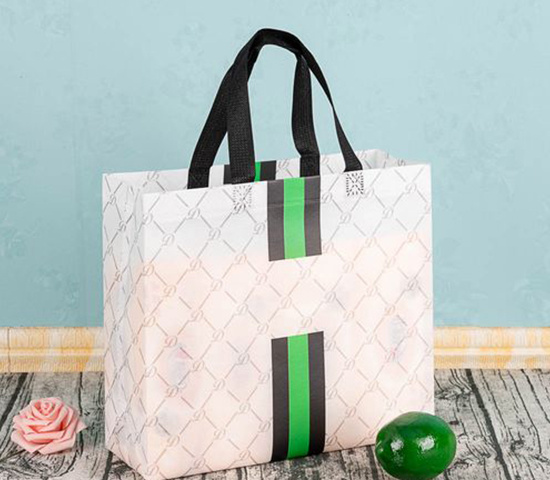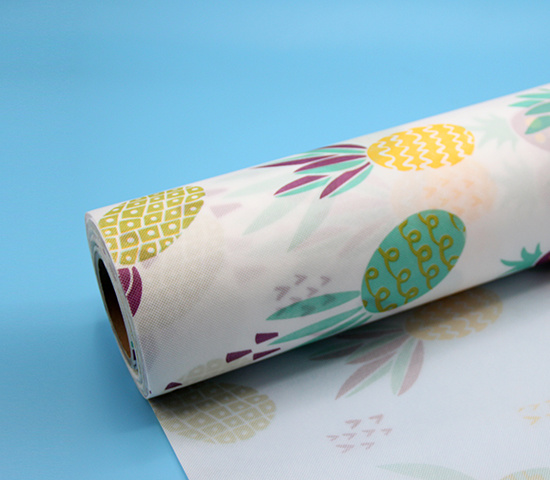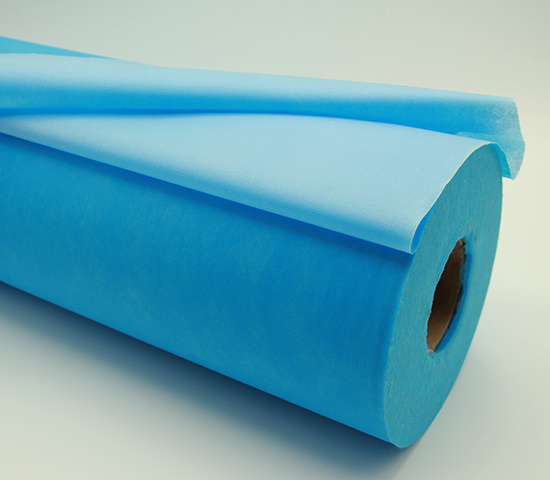About Otron
ABOUT US
Professional Non-woven Manufacturer with One-stop Service
Jiangsu Aotelong New Material Co., Ltd. was established in September 2005, covering an area of more than 40 acres and a construction area of 23000 square meters. It is located in Shatou Industrial Park, Yangzhou City. The company has convenient transportation, close to Yangli Expressway and Yanjiang Expressway. The company has more than 100 employees, of which senior employees and technicians account for 15% of the total employees in the factory. The operators have rich operation experience. The company's management has a meticulous division of labor and clear responsibilities. It has obtained ISO9001, ISO14001, ISO18001 and other system certifications, and has obtained German Hohenstein OEKO-TEX @ 100 testing certification, GRS and other certifications. Jiangsu Autron New Materials Co., Ltd. has six spunbond production lines, one film coating production line and two bag-making production lines, including SS, hydrophilic SSS, water-repellent SSMMS, hydrophilic SSMMS and other products, with an annual output of 20000 tons. There are three 1.6-meter meltblown cloth production lines, which can produce KN series, BFE series, PFE series, VFE series and other meltblown. The product specifications of PP non-woven fabric production line can be produced within 10g-free, used in diapers, surgical gowns, surgical sheets, surgical bags, sterilization bags, medical sheets, isolation gowns, protective clothing, masks, etc. The workshop is equipped with a complete and professional inspection room to provide customers with stable and reliable guarantees.

The company was established in
Registered capital
Floor Area
Building area
Products
Specializing in the production and sales of PP non-woven fabric, spunbond non-woven fabric and PP spunbond non-woven fabric
Application areas
The production of various types of non-woven fabrics are widely used in medical, health, industry, agriculture, filtration, bedding, household goods and various composite materials, etc.
News Center
With all the staff is willing to a high degree of credibility, high-quality products, enthusiastic service and the majority of customers and friends from all walks of life hand in hand, create brilliant
2022-08-01
The meeting under the epidemic is particularly difficult. On July 29, 2022, the 29th International Technology Exhibition of Household Paper (CIDPEX) opened the long-awaited curtain at the Wuhan International Expo Center.
Shanghai International Epidemic Prevention Materials Exhibition
2020-07-09
Shanghai International Epidemic Prevention Materials Exhibition. It is located in Shatou Industrial Park, Yangzhou City. The company has convenient transportation, close to Yangli Expressway and Yanjiang Expressway.
What problems will arise in the production of non-woven fabrics?
2019-06-25
We have been talking about the use of non-woven fabrics, the scope of its use, and so on, but we are talking about one aspect, that is, the greenhouse non-woven fabrics used in greenhouse insulation and related maintenance projects.

Scan Access Mobile Edition
Jiangsu Aotelon New Materials Co., Ltd.
Contact: Mr. Qian
Mobile:13815809888 15252799333
Mailbox:yzatl@yzatl.cn
Zip Code: 225107
Address: Tiancheng Road, Shatou Industrial Park, Guangling District, Yangzhou City, Jiangsu Province


